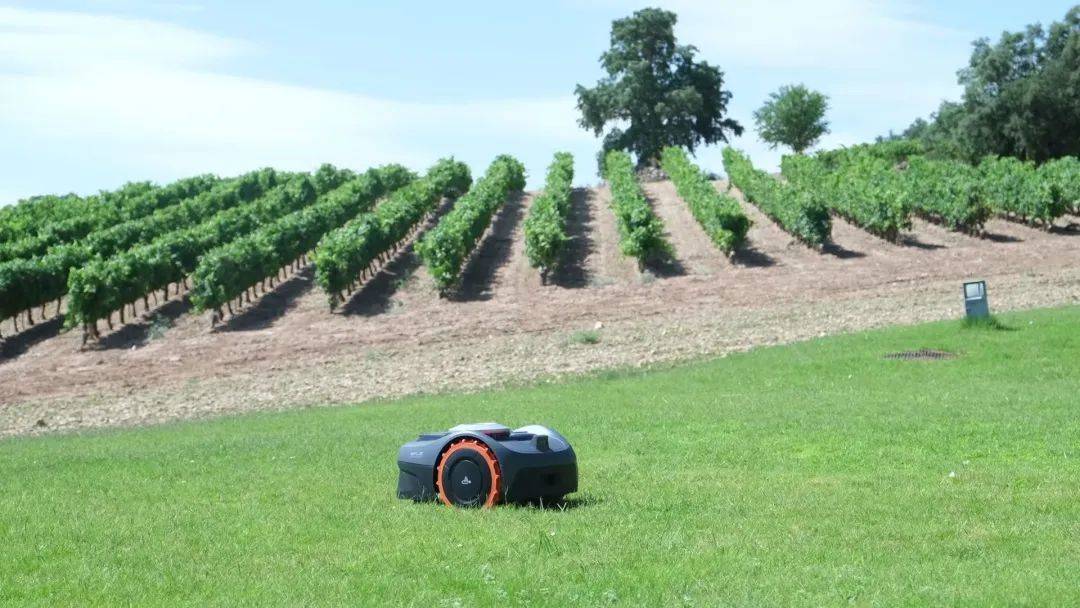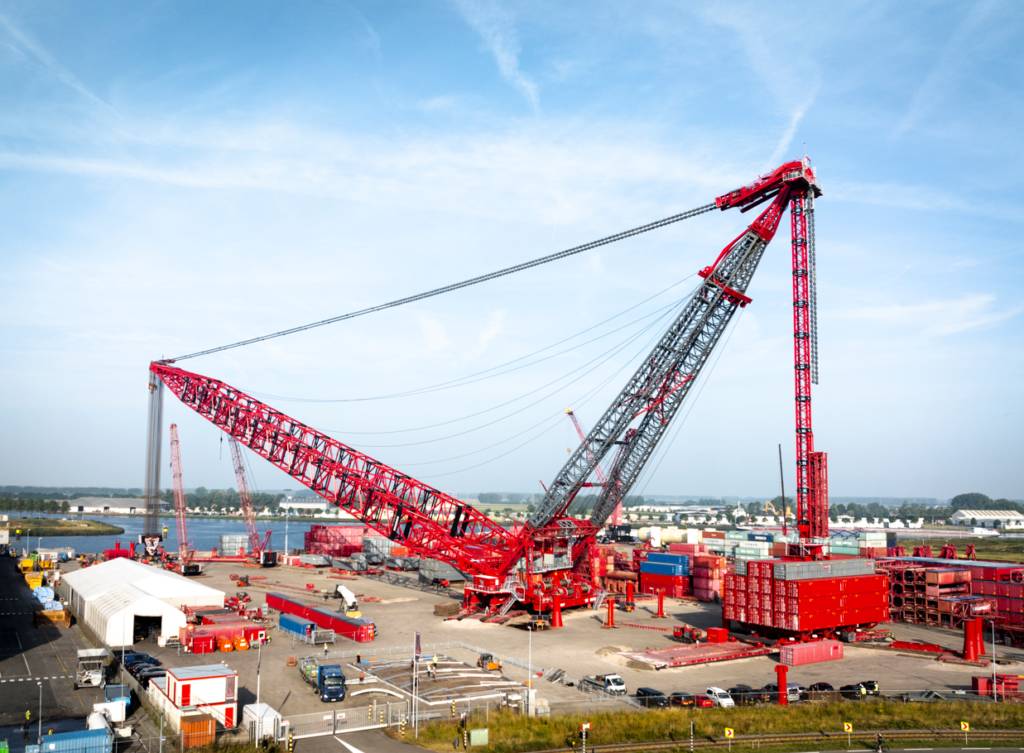China's service robots venture into overseas markets: both opportunities and challenges.
Service robots of all shapes and sizes have become ubiquitous in every corner of the world, from houses to restaurants, from hotels to office buildings and supermarkets. A significant portion of these robots originate from Chinese robotics companies. Once, the sea is the domestic market under the situation of involution of the robot enterprise to seek additional development opportunities; Today, along with the global automation, intelligent production and service demand is rising, the sea has become the inevitable path of domestic service robots.
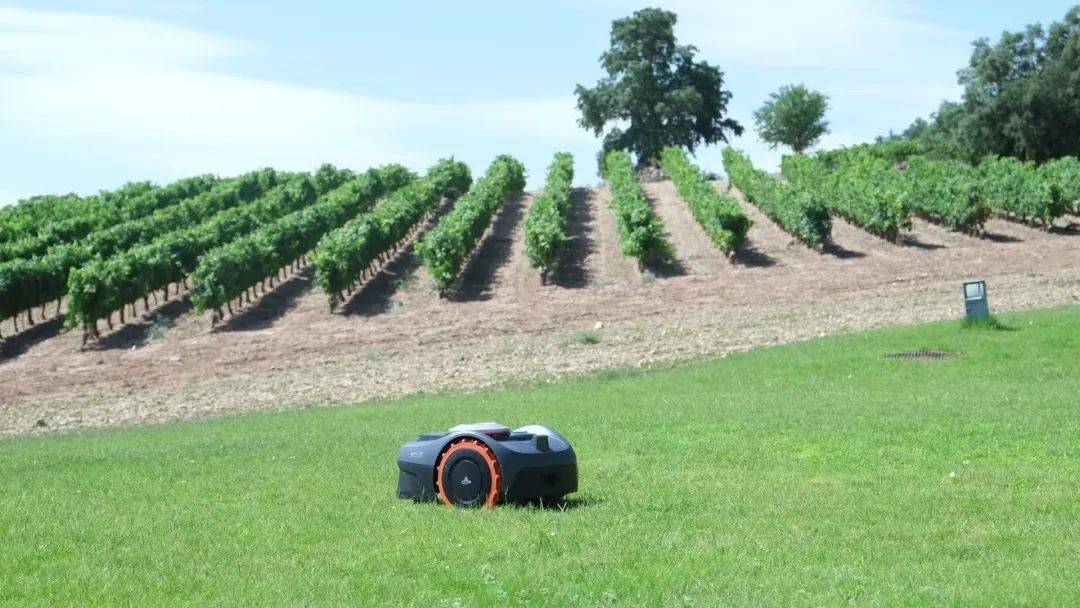
Image Source: Sourced from the Internet
According to the China Business Industry Research Institute data show that the global service robot market size in 2023 grew significantly to about $25 billion, is expected to further increase to $29 billion in 2024, and China's service robot market size of up to 73.755 billion yuan. In the face of rising market demand, service robotics companies are facing both opportunities and challenges, and are actively thinking of ways to break the ice.
Overseas Business Expansion and Team Strengthening
Overseas market has brought rich returns for the pioneer enterprises. Chasing Technology's overseas business grew 120% year-on-year in 2023, and its GMV in Southwest Europe grew 80% year-on-year to 180 million during the Amazon Prime Day promotion in 2024, with the contribution of floor scrubbers standing out, and the North American and Japanese markets increased by 102% and 350% respectively. Gaoxian robot 2023 cumulative shipments of more than 30,000 units, market share of more than 60%.
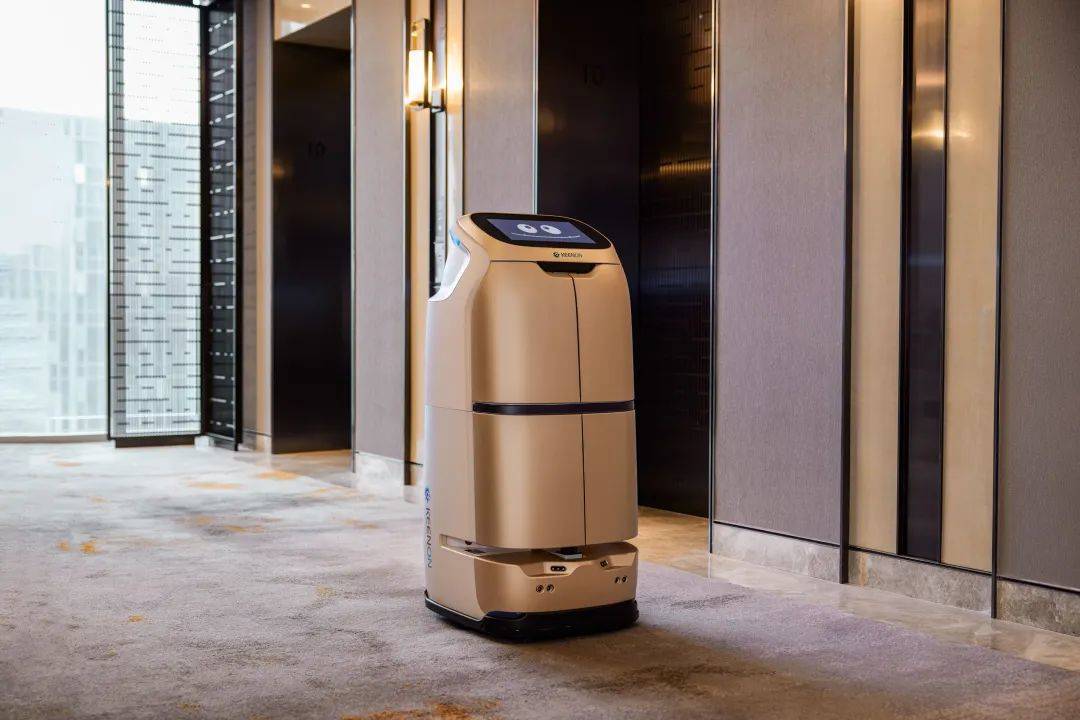
Image Source: Sourced from the Internet
Europe, the United States, Japan, South Korea and other developed countries as the primary target market, these regions have long faced recruitment problems, labor shortage and high mobility of personnel and other difficulties, the demand for service robots to replace human labor is extremely urgent. For example, the monthly rent of commercial service robots is only 30%-50% of the monthly salary of labor in developed countries. Meanwhile, local residents have a high standard of living and a concentrated demand for service robots to enhance the quality and convenience of life. However, the performance of different categories of service robots varies significantly from place to place, such as lawn mowers are more popular in Europe, and pool robots are more popular in North America.
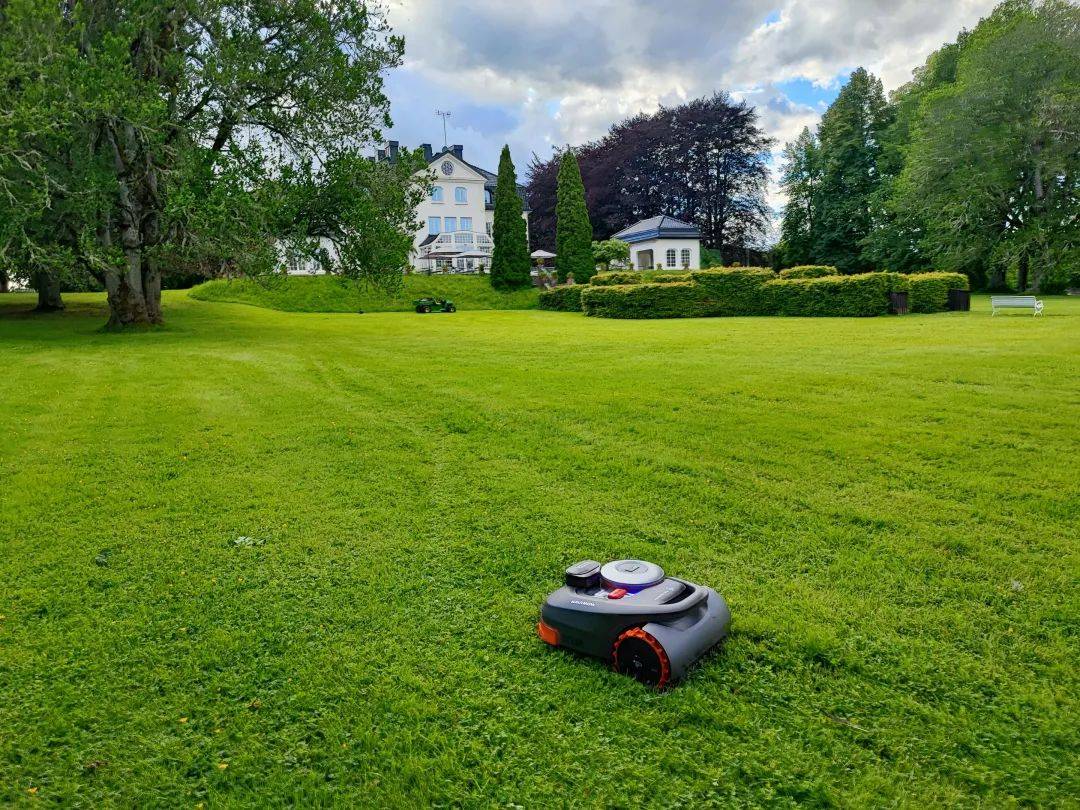
Image Source: Sourced from the Internet
Second, the differences in technology, market and channels
From the technical level, different categories of service robots have different technological centers of gravity. Indoor service robots mostly adopt the Lidar program, which has the advantage of strong pointing and high navigation accuracy, but the cost is relatively high and cannot be reused in outdoor programs; pool robots need to solve the problem of underwater radio communication.
In terms of markets and channels, Japan and Korea are the preferred markets for many companies due to their aging populations and mature distribution models. DynaLogic's overseas revenue is slightly higher than that of the domestic market, and it sells in the mode of strategic cooperation between agents and brands, establishes teams in many places overseas and adjusts them according to the input-output ratio, and expands its technical and marketing teams to meet customers' needs. The grass cutting robot channel is scattered, and the requirements for refined operation and ground response ability are high.
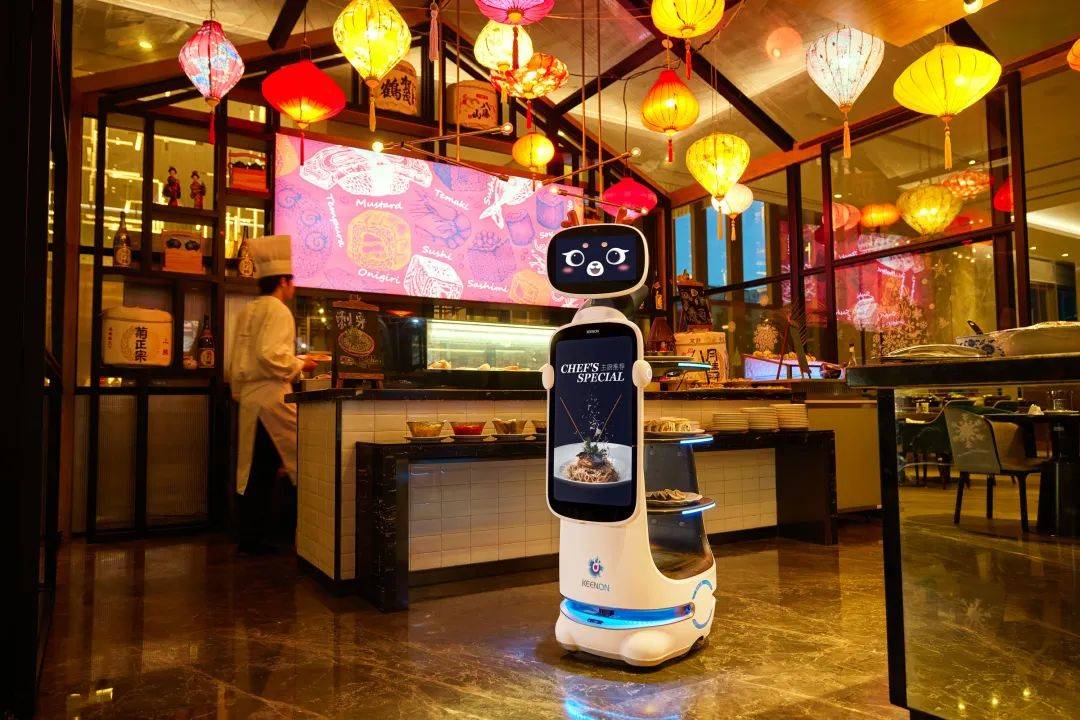
Image Source: Sourced from the Internet
Third, product localization and supply chain challenges
The key to service robots going overseas lies in realizing the perfect fit between products and markets and meeting the real needs of different countries and regions. Enterprises need to provide localized products and services according to the environment and cultural differences of each place.
For example, Navimow has established a Livechat mechanism in its APP and set up a customer service team to meet the diversified customer service needs of users in Europe and the U.S. DynaLogic Intelligence has launched different product lines according to the characteristics of different regions, such as the compact T8 for Japan and the T9Pro, T10 series for Europe and the U.S. self-help cultures, and it has also launched a multi-series product collocation and purchasing service according to the actual scenarios.
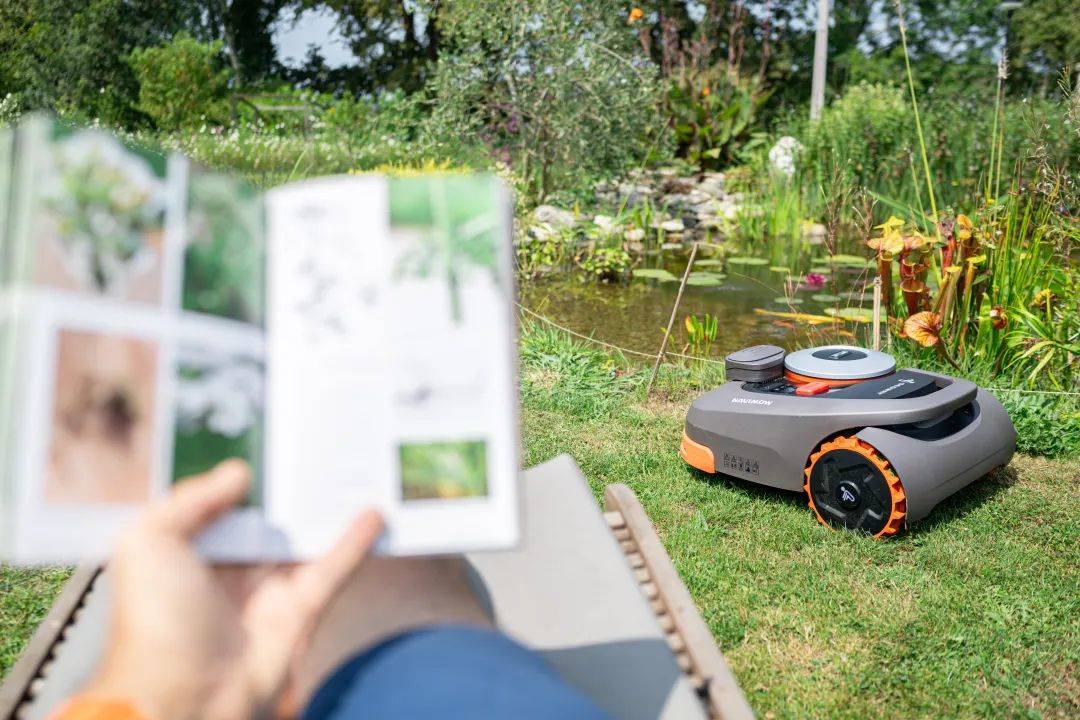
Image Source: Sourced from the Internet
At the same time, a mature supply chain and end-to-end delivery capability are crucial. Robots from production to delivery to end-users in no less than three months at the earliest, out of stock on the enterprise has a greater impact, so companies need to set up production and marketing team for rapid adjustment.
Today, more than two-thirds of the domestic service robotics companies have been engaged in the ranks of the sea, production progress to maintain rapid, market expansion and sales confidence, the future is expected to further increase the popularity and penetration in developed countries and regions. But the road to the sea is not a straight road, still need to face many challenges and continue to explore the way forward.
-------- END --------
